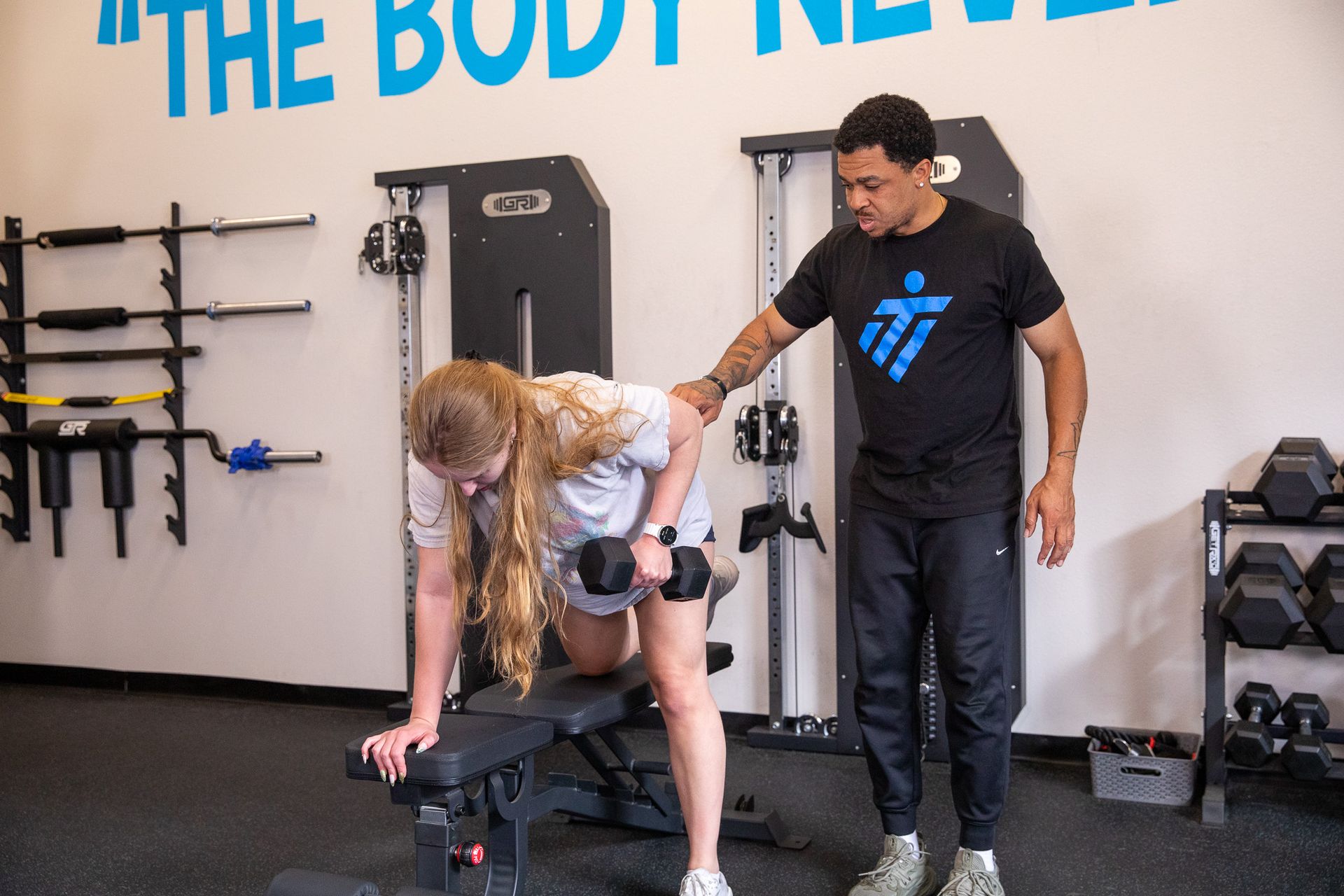For many, desk jobs are a reality of modern life. However, long hours of sitting can lead to various health issues, including thoracic mobility problems, lower back pain, poor posture, and shoulder discomfort. Understanding the causes of these issues and learning how to address them can help you avoid long-term pain and stay healthier at work.
Common Causes of Desk Job-Related Pain
1. Prolonged Sitting
Sitting for extended periods is one of the most common causes of pain for desk workers. When we sit for too long, especially in positions that aren't supportive, certain muscles weaken—particularly in the lower back and core-which are crucial for supporting the spine and maintaining proper posture. This weakening leads to discomfort, stiffness, and pain over time.
2. Poor Posture
Without realizing it, many people adopt poor posture while sitting at their desks. Common habits like slouching, rounding the shoulders, and pushing the head forward place unnecessary stress on the spine and shoulders. Over time, this leads to muscle imbalances, joint dysfunction, and chronic pain. Forward head posture strains the neck and upper back, while rounded shoulders contribute to shoulder discomfort.
3. Lack of Movement
Remaining in one position for long periods leads to stiff joints and restricted mobility, particularly in the thoracic spine (upper and middle back), hips, and shoulders. When mobility decreases, other areas, such as the lower back or neck, must compensate, leading to pain and further misalignment. A lack of movement is a primary contributor to muscle tightness and discomfort that worsens over time.
4. Poor Ergonomic Setup
Many desk setups are not ergonomically optimized. Improper desk height, poorly aligned chairs, and monitors placed too low or too high can lead to poor posture. This forces people to slouch, lean forward, or strain their necks, exacerbating musculoskeletal pain and discomfort.
How to Solve These Common Problems
1. Take Regular Movement Breaks
One of the simplest ways to prevent pain is to move regularly. Aim to take short breaks every 30-60 minutes to stand, stretch, and walk. Even a few minutes of movement can improve circulation, maintain flexibility, and relieve pressure on your lower back and neck. This regular activity can significantly reduce stiffness and muscle pain from sitting for long periods.
2. Be Aware of Your Posture
Improving posture awareness is essential to preventing musculoskeletal issues. Keep your feet flat on the ground, shoulders pulled back, and head aligned with your spine to avoid slouching. Practicing good posture reduces strain on your back and neck. Ergonomic tools such as lumbar cushions or posture-correcting devices can help reinforce proper alignment throughout the day.
3. Optimize Your Ergonomic Setup
A properly configured workstation can make a big difference in reducing pain. To create an ergonomic setup, focus on the following:
- Chair:
Your chair should support the natural curve of your lower back. Adjust its height so your feet are flat on the floor and your knees are at a 90-degree angle.
- Desk and Keyboard: Position your desk so your elbows are at a 90-degree angle when typing, with wrists straight and relaxed.
- Monitor:
Your screen should be at eye level to avoid tilting your head up or down, which strains the neck and shoulders.
4. Incorporate Stretching and Mobility Exercises
Stretching regularly helps maintain flexibility in your joints and muscles, reducing stiffness. Focus on the following key areas:
- Thoracic Spine: Perform twisting and extending stretches to improve upper back mobility. Seated spinal twists or thoracic extensions are simple and effective.
- Shoulders: Stretch muscles around the shoulders, particularly if they feel tight from hunching over. The doorway stretch, where you lean into a doorframe with your arms overhead, is a good option.
- Hip Flexors: Prolonged sitting tightens the hip flexors, which can lead to lower back pain. Stretch these muscles with lunges or hip flexor stretches to maintain mobility.
5. Strengthen Key Muscles
Building strength in the core and back muscles is crucial for supporting your spine and improving posture. Exercises like planks, bridges, and back extensions help develop these key muscle groups, reducing strain on your lower back and improving overall posture and stability.
6. Alternate Between Sitting and Standing
Consider using a standing desk or a sit-stand workstation, allowing you to alternate positions throughout the day. Shifting between sitting and standing reduces the stress on your spine and encourages movement, preventing stiffness and discomfort from prolonged sitting.
Conclusion
While desk jobs are unavoidable for many, the negative health effects associated with sedentary work can be managed. By understanding the common causes of discomfort—such as prolonged sitting, poor posture, and a non-ergonomic setup—you can take proactive steps to reduce pain and maintain your health. Regular movement, posture awareness, ergonomic adjustments, and incorporating exercises can help you stay comfortable, prevent chronic pain, and improve your overall well-being.





